Home>Technology>Home Entertainment Systems>How To Turn On Projector Without Remote
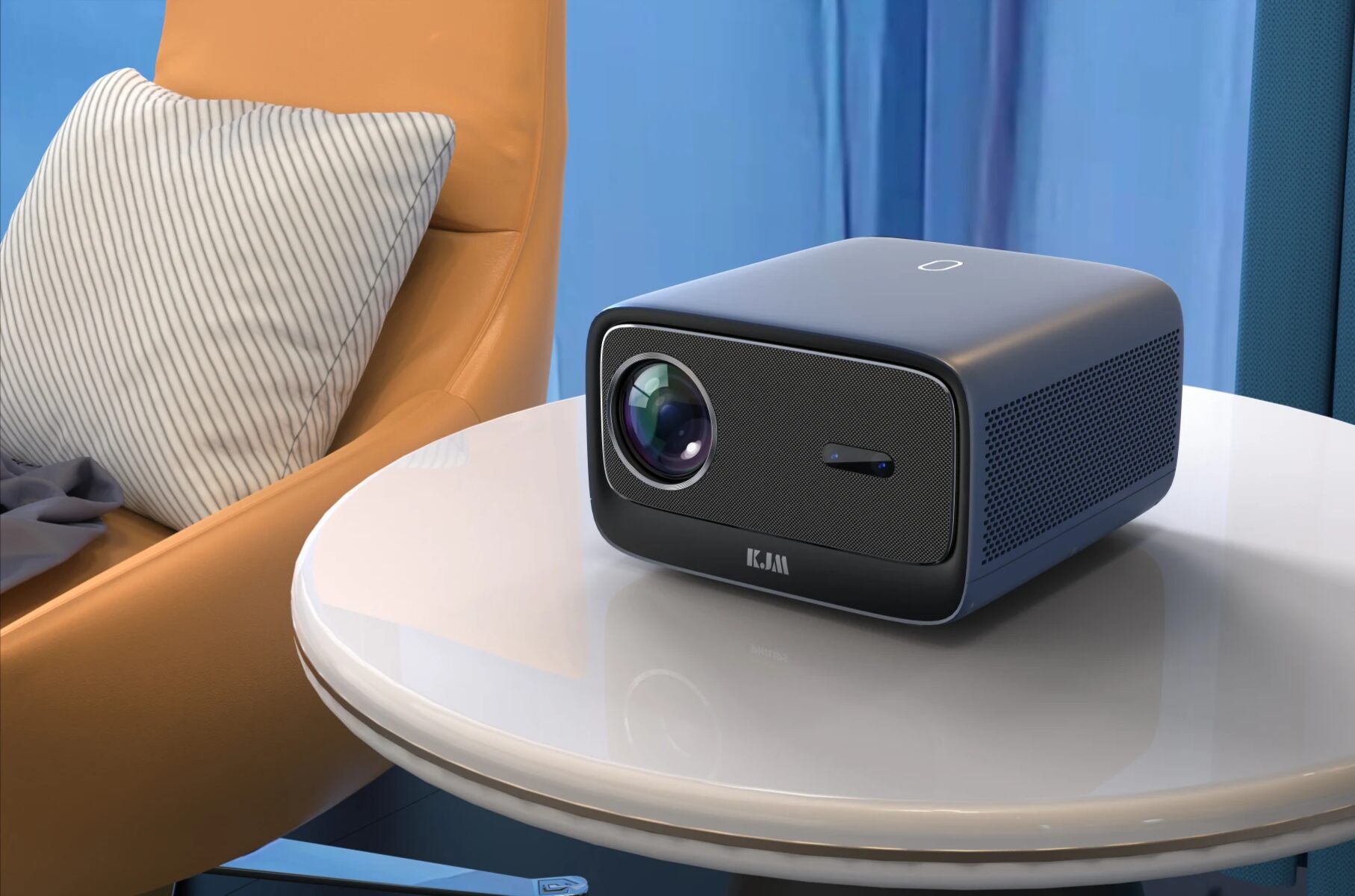

Home Entertainment Systems
How To Turn On Projector Without Remote
Modified: February 26, 2024
Learn how to turn on your projector without a remote and enhance your home entertainment system. Discover easy solutions and tips for a seamless viewing experience.
(Many of the links in this article redirect to a specific reviewed product. Your purchase of these products through affiliate links helps to generate commission for Storables.com, at no extra cost. Learn more)
Introduction
Welcome to the ultimate guide on how to turn on a projector without a remote. Whether you've misplaced your remote or it's simply out of reach, fear not! There are several methods you can use to power up your projector and enjoy your favorite movies, presentations, or gaming sessions.
In this comprehensive article, we'll explore various techniques for activating a projector without the need for a remote control. From manual controls and the power button on the projector itself to the use of a universal remote, we've got you covered. So, let's dive in and discover the solutions to this common dilemma. Whether you're a home entertainment enthusiast, a business professional, or a tech-savvy individual, you'll find valuable insights and practical tips to ensure that your projector is always ready to spring into action. Let's embark on this illuminating journey together!
Key Takeaways:
- Don’t panic if you can’t find your projector remote! Look for the power button or control panel on the projector itself to easily turn it on without the remote. It’s like finding a secret button to start the fun!
- A universal remote can save the day when your projector remote goes missing. Just program it to work with your projector, and you’ll have a backup plan for powering on and controlling your entertainment system.
Read more: How To Turn On A Projector
Checking for Manual Controls
When you find yourself in a situation where the projector remote is unavailable, the first step is to check for any manual controls directly on the projector itself. While modern projectors often come with sophisticated remote controls, many models also include built-in buttons and switches for basic operations. These manual controls are typically located on the top, front, or side of the projector, offering a convenient alternative for powering the device without the need for a remote.
Begin by closely examining the exterior of the projector for any visible buttons or dials. Common manual controls may include a power button, menu navigation buttons, and function-specific buttons for tasks such as input selection and volume adjustment. Additionally, some projectors feature a physical switch for toggling the power on and off.
If you're unable to locate the manual controls through visual inspection, referring to the projector's user manual can provide valuable guidance. The user manual typically contains detailed illustrations and descriptions of the projector's physical features, including the location and function of manual controls. It's a valuable resource that can help you quickly identify and utilize the built-in buttons and switches to power on the projector.
By familiarizing yourself with the manual controls, you can confidently activate the projector and proceed with your intended viewing or presentation. Whether it's a movie night with friends, a professional slideshow, or a gaming session, having a good understanding of the manual controls ensures that you're always prepared to bring your projector to life, even in the absence of a remote control.
Using the Power Button on the Projector
When the projector remote is not within reach, utilizing the power button directly on the projector itself is a straightforward and effective method to turn the device on. The power button is a fundamental feature of the projector, providing a manual means of activating or deactivating the device without the reliance on a remote control.
To initiate the power-up process, locate the power button on the projector. This button is commonly situated on the front, top, or side of the projector, and it is often distinguished by a recognizable power symbol. Once you have identified the power button, simply press it to turn on the projector. In some models, a long press may be required to power up the device, so be sure to hold the button for the specified duration.
After pressing the power button, observe the projector for any visual indicators that signify the activation process. This may include the illumination of status lights, the audible hum of the cooling fan, or the gradual projection of light as the lamp warms up. These cues indicate that the projector is powering on and preparing for operation.
It’s important to exercise caution and patience when using the power button, as abrupt or excessive pressing may disrupt the startup sequence or cause unintended effects. By gently and deliberately engaging the power button, you can ensure a smooth and reliable activation process, allowing the projector to reach its operational state without complications.
By mastering the use of the power button, you can confidently power on the projector in situations where the remote control is inaccessible. Whether you’re enjoying a cinematic experience, delivering a compelling presentation, or engaging in immersive gaming, the power button serves as a dependable alternative for initiating the projector’s functionality, ensuring that your entertainment or professional endeavors can proceed seamlessly.
Most projectors have a power button on the actual unit. Look for a button with a power symbol or the word “power” and press it to turn on the projector without the remote.
Using the Control Panel on the Projector
When the projector remote is not readily available, the control panel directly on the projector offers a convenient alternative for managing its operations. The control panel, typically located on the projector’s exterior, consists of a set of physical buttons or touch-sensitive areas that enable users to navigate settings, adjust parameters, and power the device without the need for a remote control.
To utilize the control panel for turning on the projector, begin by identifying its location on the projector’s housing. The control panel may be positioned on the top, front, or side of the device, and it is designed to provide intuitive access to essential functions. Upon locating the control panel, take note of the available buttons and their corresponding functions, which may include power, menu navigation, input selection, and other operational controls.
To power on the projector using the control panel, locate the designated power button or power-related function on the control panel. This button is typically marked with a power symbol or an indication of its power-related function. Once identified, press the power button or activate the power function according to the manufacturer’s instructions. Depending on the projector model, a brief press or a specific sequence of button presses may be required to initiate the power-up process.
After engaging the power function on the control panel, observe the projector for any visual or audible cues that indicate the activation process. This may include the illumination of status indicators, the audible startup sound of internal components, or the gradual onset of projection light as the projector initializes. These indicators confirm that the projector is powering on and preparing for operation.
By leveraging the control panel on the projector, you can effectively power on the device and access its functionality, even in the absence of a remote control. The control panel serves as a reliable interface for managing the projector’s operations, ensuring that you can seamlessly activate the device and proceed with your desired viewing, presenting, or gaming activities. With a clear understanding of the control panel’s functions, you can confidently navigate the projector’s features and unleash its full potential, all without the need for a remote control.
Using a Universal Remote Control
When the original remote for your projector is unavailable, a universal remote control can serve as a versatile alternative, providing a convenient way to power on the device and manage its functions. Universal remotes are designed to be compatible with a wide range of electronic devices, including projectors, offering users the flexibility to operate multiple devices using a single remote control.
To begin, ensure that the universal remote control you intend to use is programmed to communicate with your specific projector model. Many universal remotes support the programming of device codes, allowing users to configure the remote to recognize and control their projector. Refer to the universal remote’s user manual for instructions on how to enter the appropriate code for your projector, enabling seamless communication between the remote and the device.
Once the universal remote is correctly programmed for your projector, you can proceed to power on the device using the remote’s power button or power-related function. Press the designated power button on the universal remote, aiming it toward the projector, and ensure that the device responds by initiating the power-up sequence. If successful, the projector will begin to power on, accompanied by visual and audible cues that signify its activation.
In the absence of the original remote, the universal remote control serves as a valuable tool for managing the projector’s operations, including powering the device on and off, adjusting settings, and navigating menus. Its versatility and compatibility make it an ideal solution for situations where the original remote is inaccessible, allowing you to seamlessly control the projector and enjoy your preferred content without interruptions.
By leveraging a universal remote control, you can overcome the challenge of a missing or out-of-reach projector remote, ensuring that you have a reliable means of activating and controlling the device. Whether you’re engaging in home entertainment, delivering professional presentations, or immersing yourself in gaming experiences, the universal remote empowers you to seamlessly interact with your projector, providing a convenient and effective alternative to the original remote control.
Read more: How To Turn Off A Projector
Conclusion
As we conclude our exploration of turning on a projector without a remote, it’s evident that several practical methods exist to address this common scenario. Whether you rely on manual controls, the power button, the control panel, or a universal remote, each approach offers a viable solution for activating your projector and enjoying its myriad benefits.
By familiarizing yourself with the manual controls and physical features of your projector, you can confidently navigate its functionality, even when the remote is unavailable. The power button, a fundamental component of the projector, serves as a reliable means of initiating the device’s startup sequence, ensuring that you can seamlessly power on the projector without complications.
Furthermore, the control panel on the projector provides an intuitive interface for managing its operations, offering convenient access to essential functions such as power, menu navigation, and input selection. Leveraging the control panel empowers you to interact with the projector directly, bypassing the need for a remote control and ensuring that you can initiate the device’s functionality with ease.
For those equipped with a universal remote control, the flexibility and compatibility it offers present a valuable alternative when the original remote is inaccessible. By programming the universal remote to communicate with your projector, you can effectively power on the device and manage its operations, ensuring a seamless and uninterrupted viewing, presenting, or gaming experience.
Ultimately, the absence of a remote control should not hinder your ability to activate and enjoy the benefits of your projector. With the knowledge and insights gained from this guide, you are well-equipped to navigate various scenarios and confidently power on your projector using alternative methods. Whether you’re creating a captivating home theater experience, delivering impactful presentations, or immersing yourself in gaming adventures, the solutions presented here ensure that your projector is always ready to spring into action, regardless of the remote’s whereabouts.
So, the next time you find yourself without a projector remote, remember that manual controls, the power button, the control panel, and universal remotes stand ready to assist you in bringing your projector to life. With these tools at your disposal, you can continue to explore the boundless possibilities of your projector, unlocking its full potential and enjoying seamless and immersive experiences time and time again.
Frequently Asked Questions about How To Turn On Projector Without Remote
Was this page helpful?
At Storables.com, we guarantee accurate and reliable information. Our content, validated by Expert Board Contributors, is crafted following stringent Editorial Policies. We're committed to providing you with well-researched, expert-backed insights for all your informational needs.
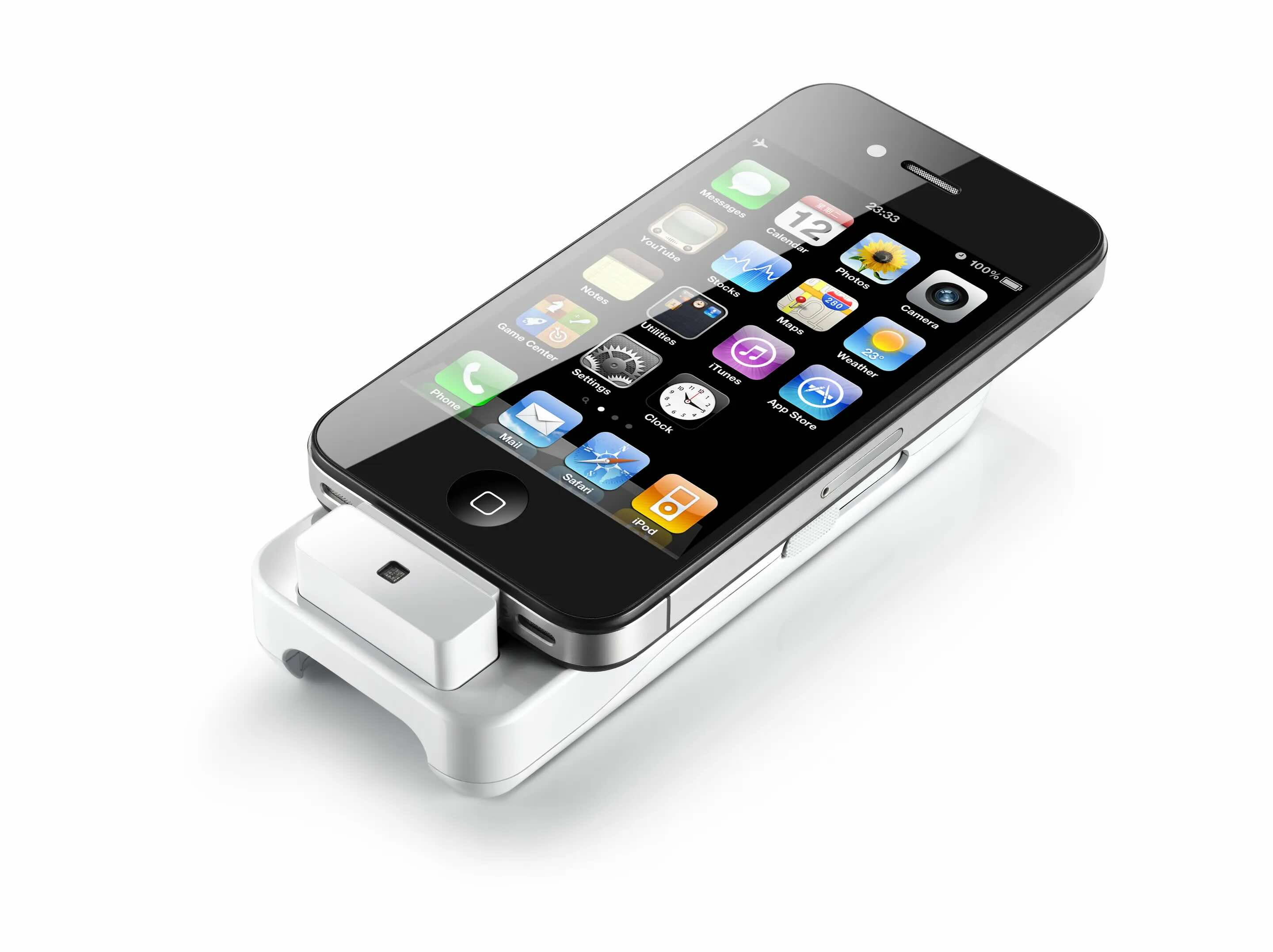
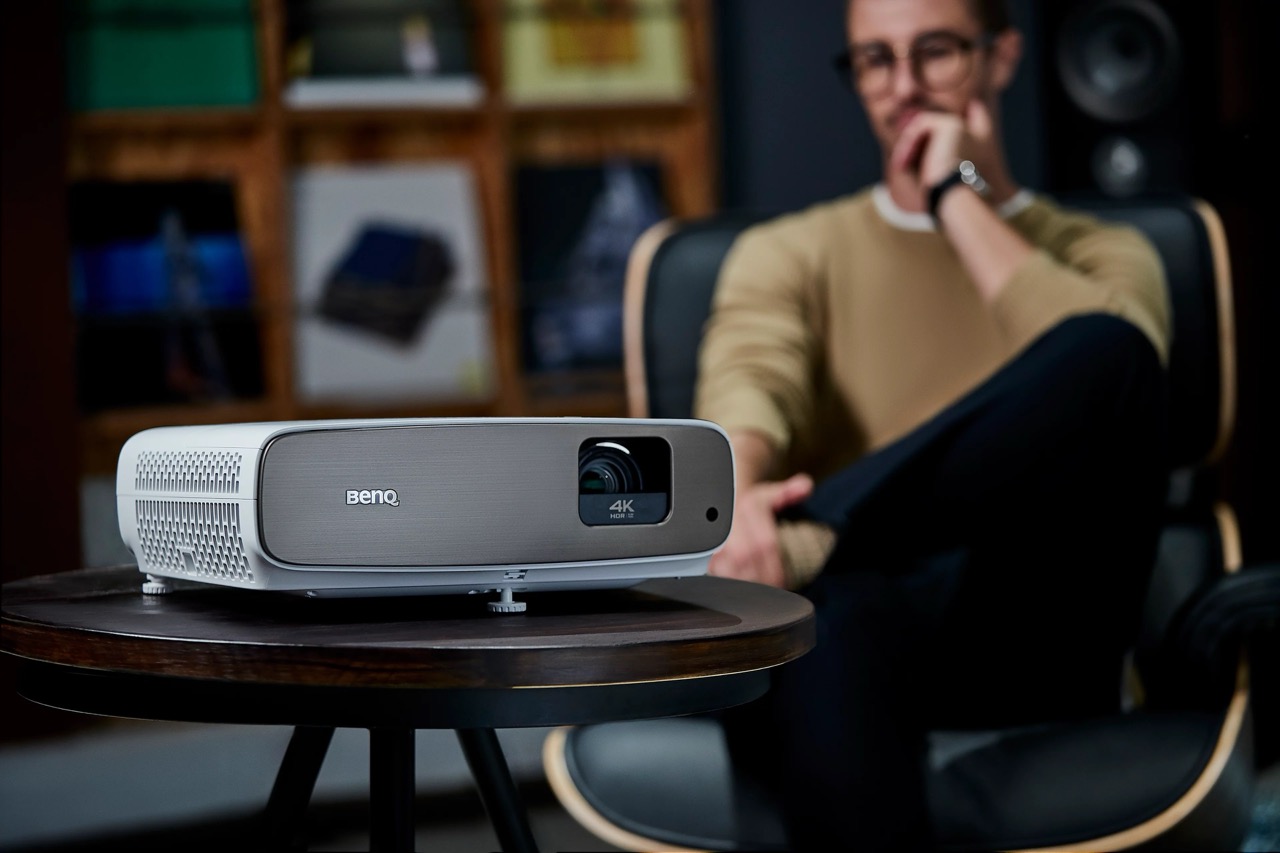
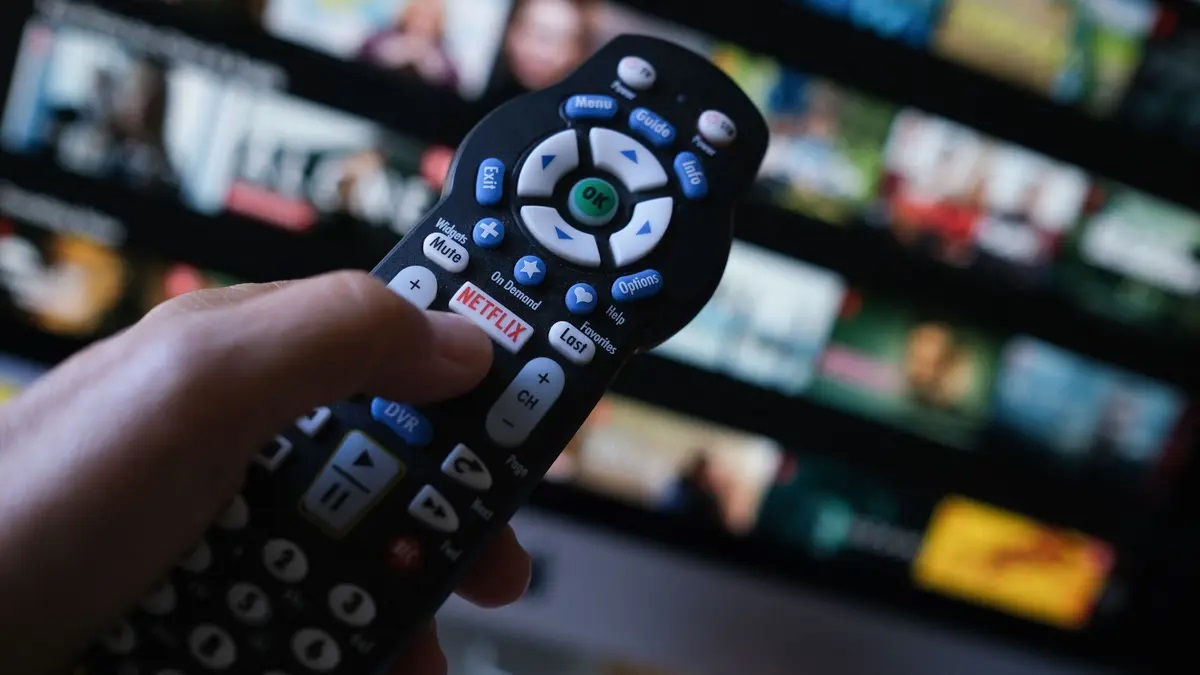
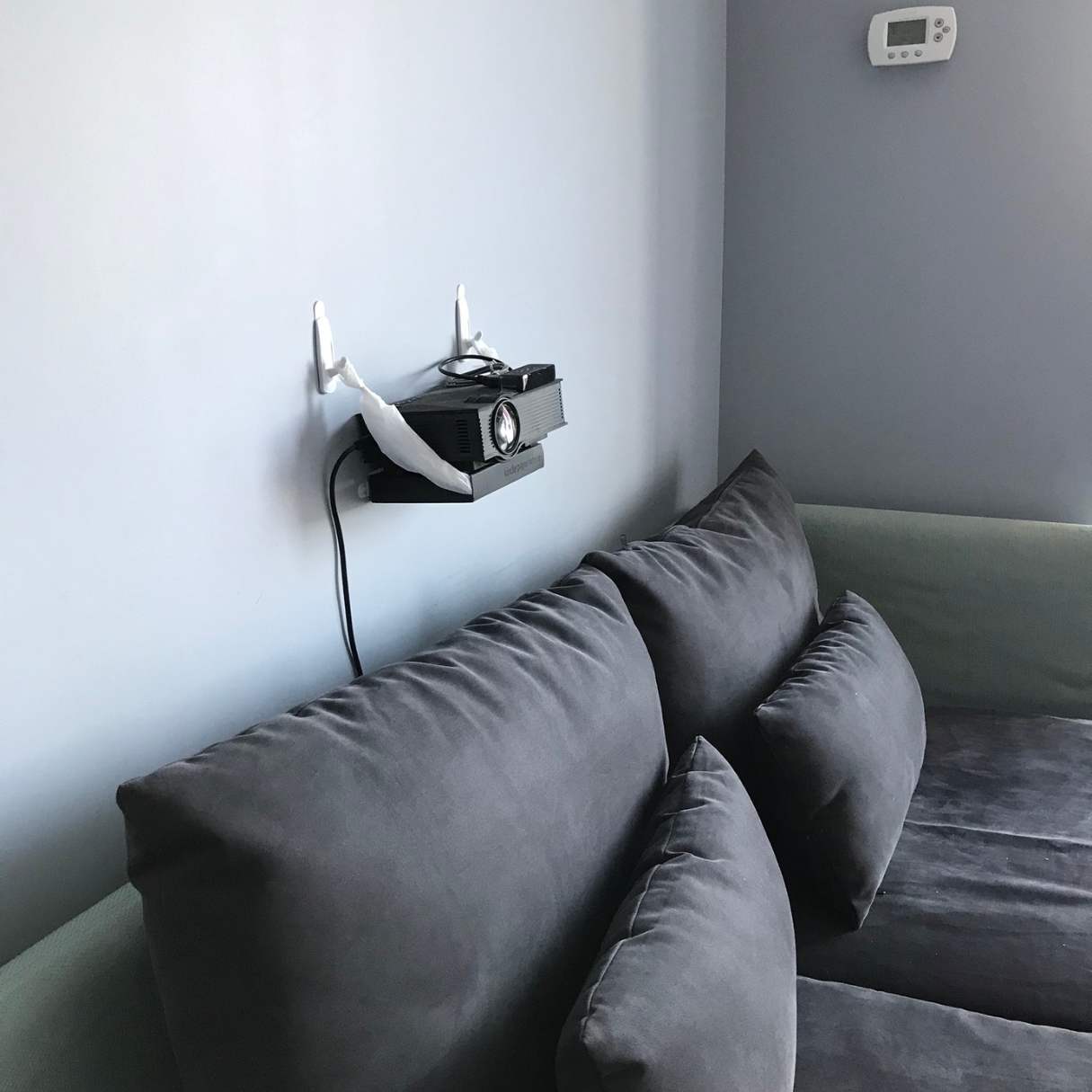

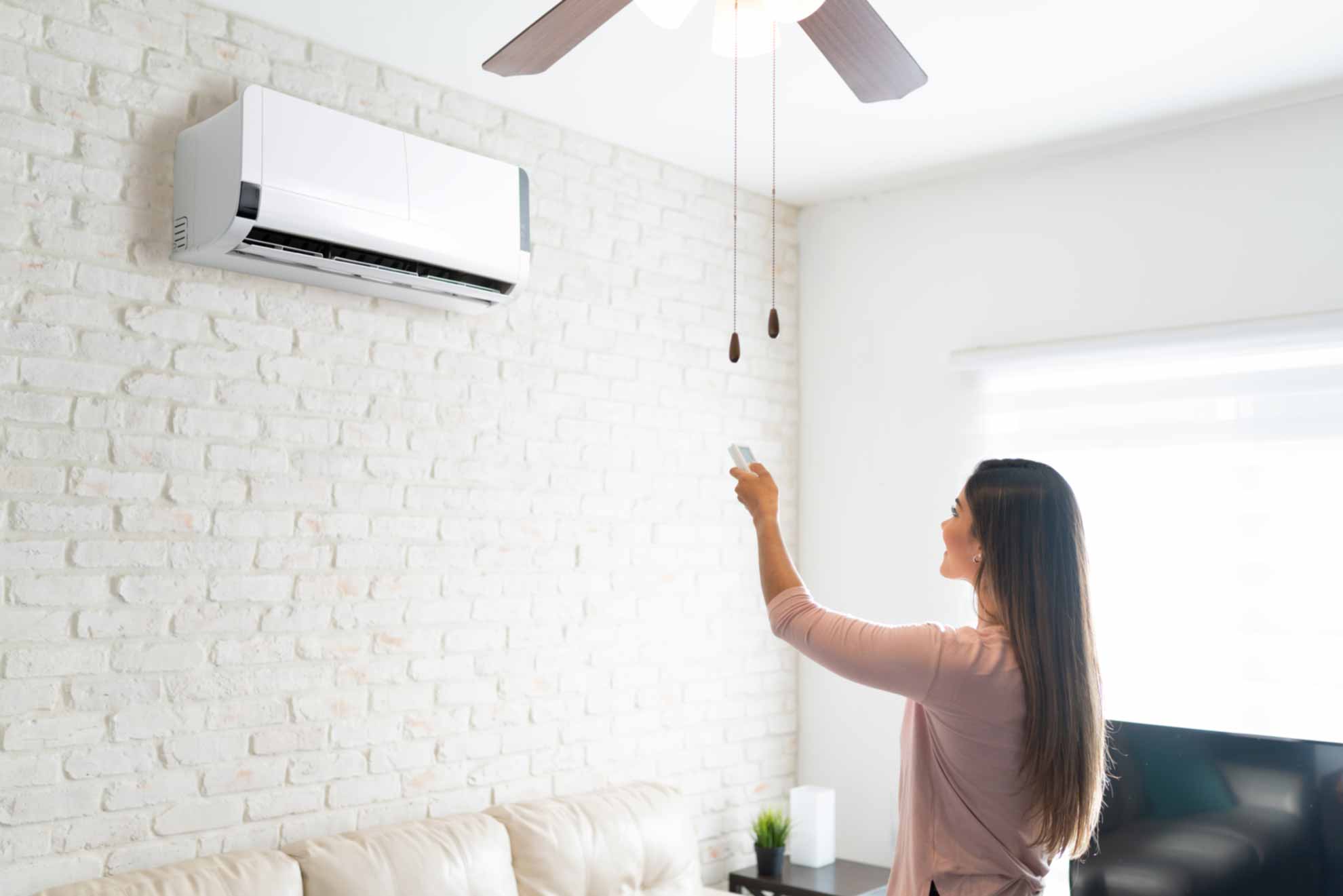

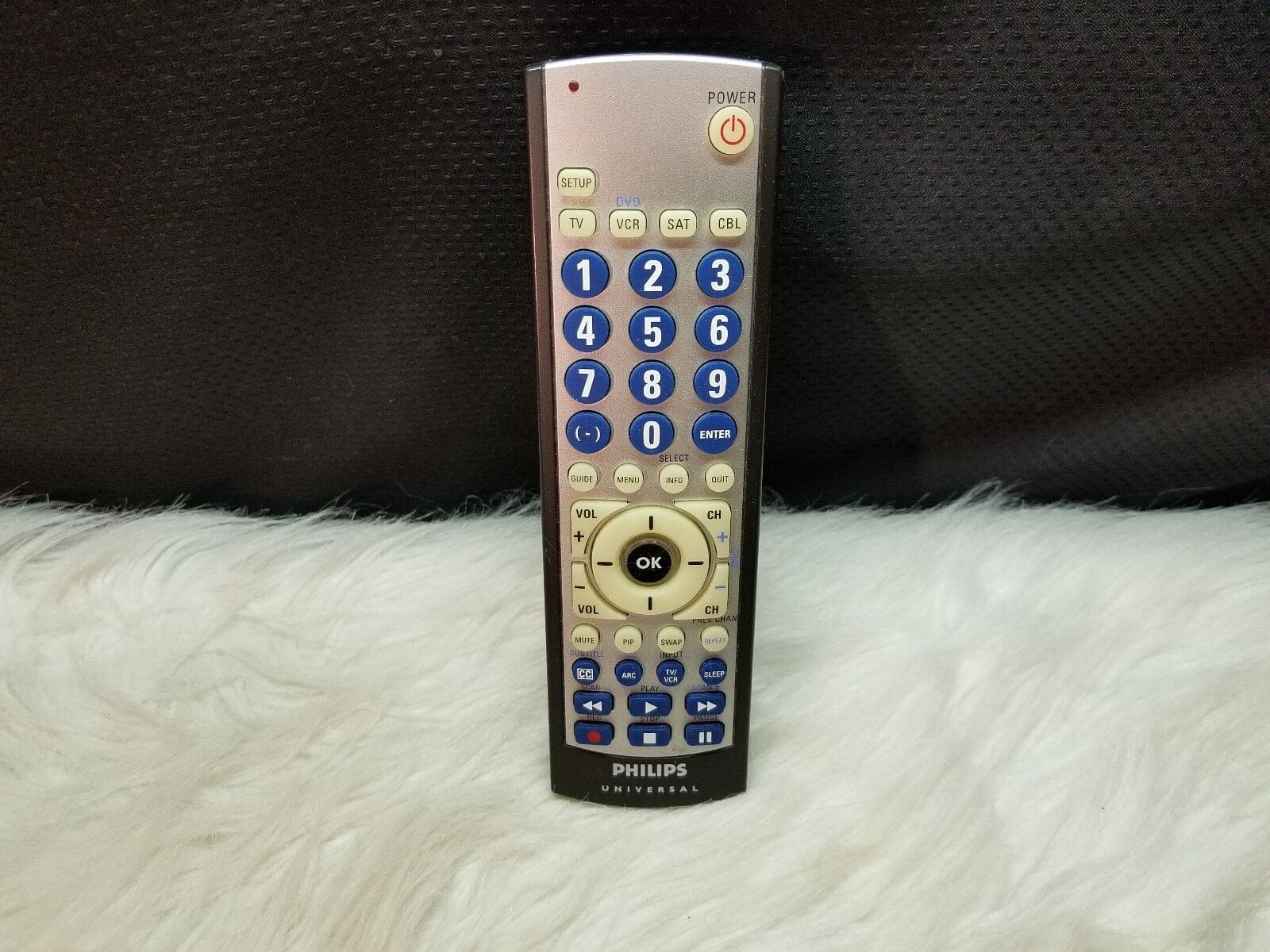
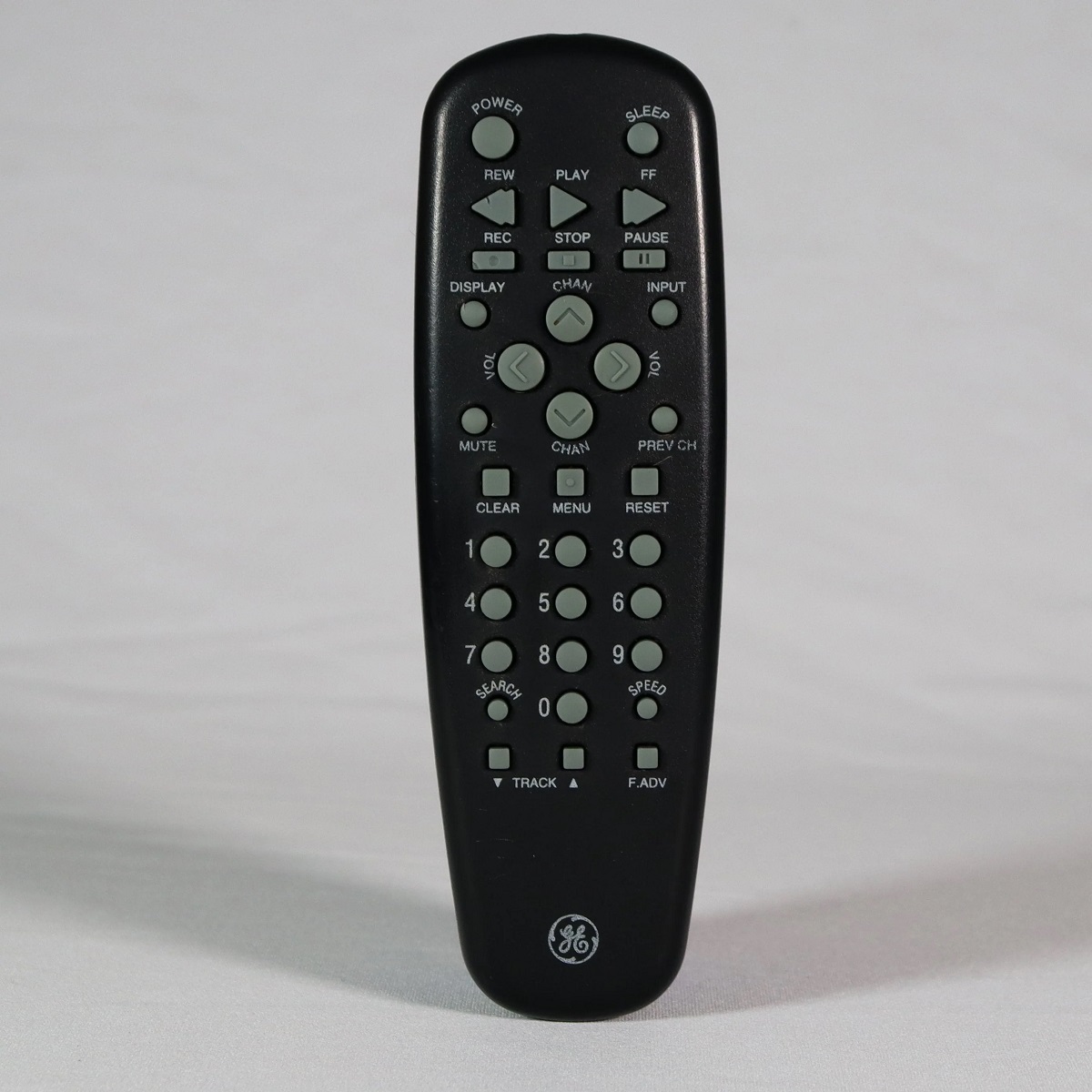
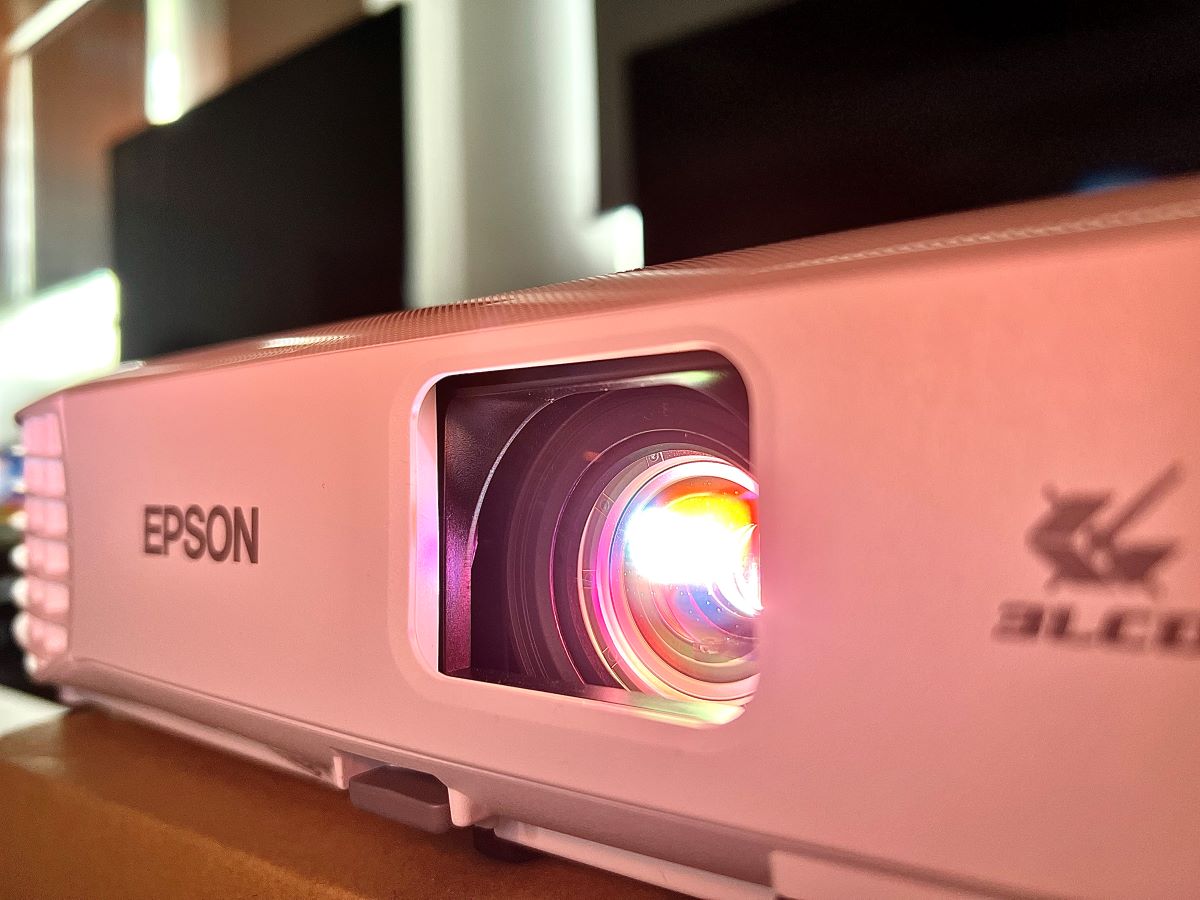
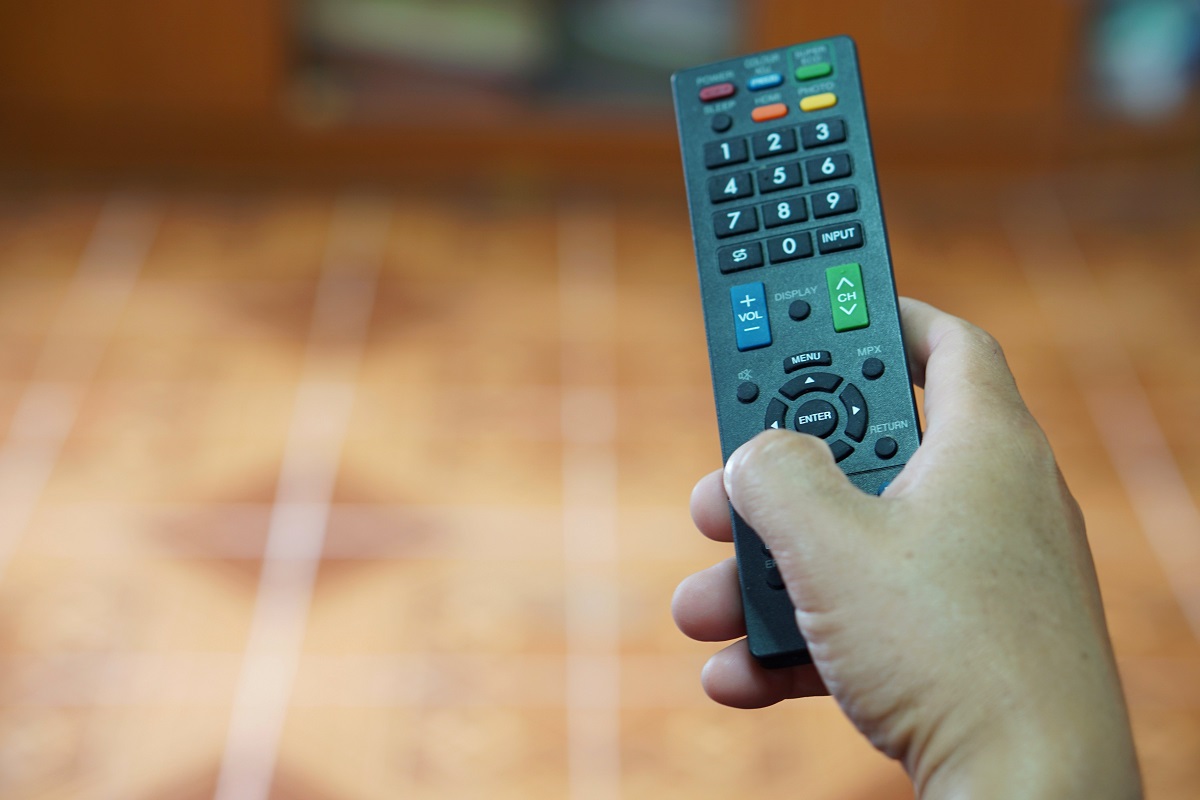
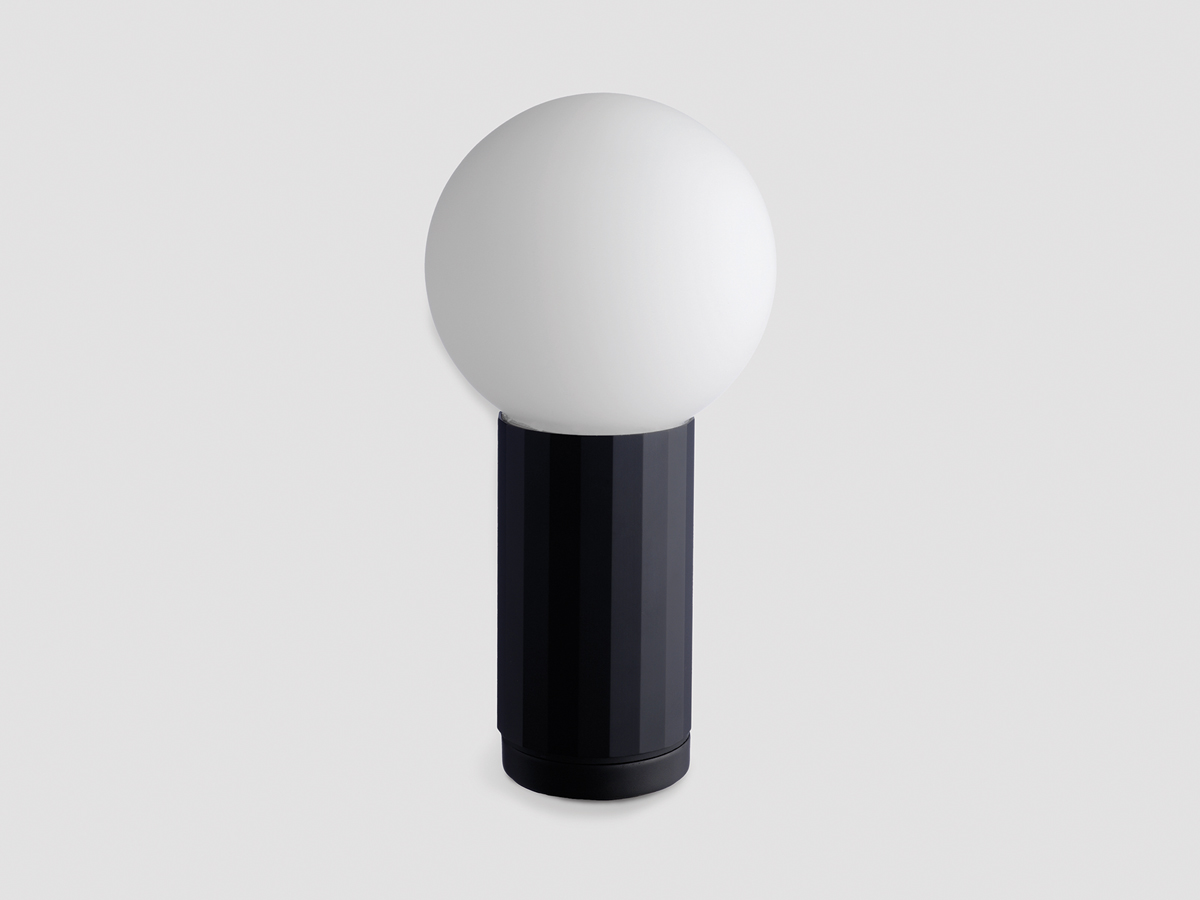



0 thoughts on “How To Turn On Projector Without Remote”